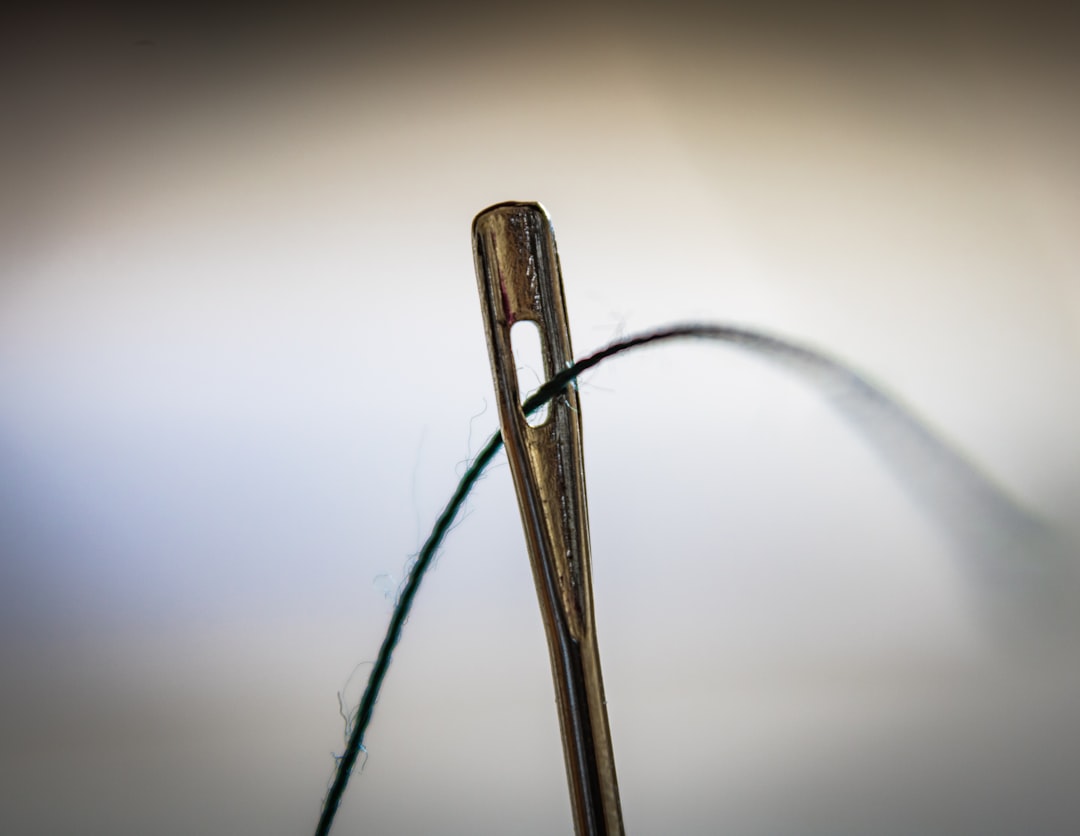What is it about?
Chloride-based deicing salt solutions can react with the calcium hydroxide in the cementitious matrix, leading to the formation of calcium oxychloride. Calcium oxychloride formation has been implicated in the premature deterioration of pavement joints and concrete flatwork across cold regions in North America. This study examines the formation of calcium oxychloride in the presence of blends of different chloride-based deicing salts (sodium and calcium chloride). Two strategies have been developed to mitigate the amount of calcium oxychloride that is formed: reduction in the amount of calcium hydroxide in the pastes through use of supplementary cementitious materials, and the use of deicing salt blends that include lower amounts of calcium chloride. A model is developed to estimate the amount of calcium oxychloride formed in mixtures, given the calcium hydroxide and calcium chloride contents.
Featured Image
Why is it important?
No research has been done on the formation of CAOXY when deicing salt blends are used. This study was performed to fill that research gap. An empirical model is developed to predict the amount of CAOXY that forms based on the CH content and blend composition. This model can aid in understanding mitigation strategies to reduce the amount of CAOXY in field applications.
Perspectives
In practice salts are blended together. This research examines the role of blending on calcium oxychloride formation. A model is presented to help quantify the formation of oxychloride which is very powerful.
Professor William Jason Weiss
Oregon State University
Read the Original
This page is a summary of: Calcium Oxychloride Formation Potential in Cementitious Pastes Exposed to Blends of Deicing Salt, ACI Materials Journal, August 2017, American Concrete Institute,
DOI: 10.14359/51689607.
You can read the full text:
Resources
Contributors
The following have contributed to this page










